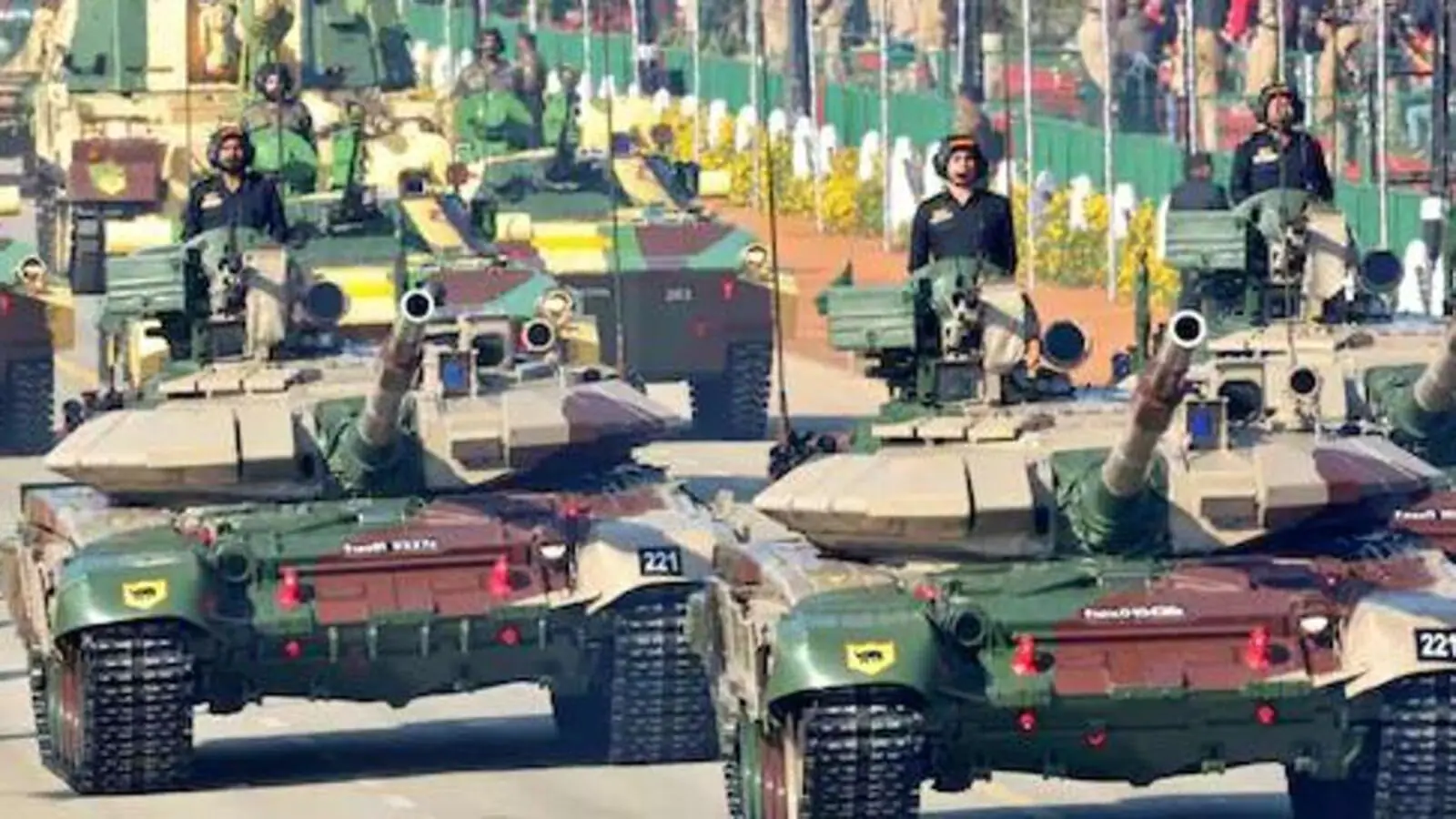INDIA (Commonwealth Union)_Bangladesh Air Force officers saw facilities where such aircraft are kept during recent visits to India, according to the sources. During a December 2021 visit to India, Bangladesh Air Force Chief Air Chief Marshal Shaikh Abdul Hannan saw facilities in Chandigarh and Mumbai.
Following the activation of a $500 million line of credit for defence acquisitions, India is considering Bangladesh as a market for a variety of military hardware, from specialised vehicles to helicopters, as well as maintenance of Russian-origin equipment, according to sources familiar with the situation.
According to the sources, Bangladesh is interested in Tata and Mahindra specialised cars, Tejas combat planes, and Dhruv light helicopters.
The two Indian enterprises delivered several vehicles to the Bangladesh Army for testing over a long period of time in various terrains and seasons, including during military exercises, according to the persons.
The two countries are also discussing India’s role in maintaining Russian-made equipment, including helicopters like the Mi-17-1V, transport planes like the Antonov An-32, and fighter fighters like the MiG-29. India also employs similar aircraft and has long-established repair facilities.
Bangladesh Air Force officers saw facilities where such aircraft are kept during recent visits to India, according to the sources. During a December 2021 visit to India, Bangladesh Air Force Chief Air Chief Marshal Shaikh Abdul Hannan saw facilities in Chandigarh and Mumbai. During his most recent visit to India, Hannan also visited a helicopter unit in West Bengal.
“Bangladesh has purchased protection equipment such as bulletproof vests and helmets. “Both sides are now looking at high priced goods,” one of the sources mentioned above said.
While India gave Bangladesh a $500 million line of credit for defence purchases in 2019, it was ultimately operationalized in September 2022 with a deal for what foreign secretary Vinay Kwatra called as a “small amount” at the time. In a press conference following Bangladesh Prime Minister Sheikh Hasina’s visit to India, Kwatra described the contract as “an essential first step” that will pave the way for future defence involvement.
During Hasina’s visit, she and Prime Minister Narendra Modi expressed satisfaction with the “intensification” of defence ties and promised to complete projects under the line of credit for defence as soon as possible, according to a joint statement. India also “welcomed the completion of preliminary purchase arrangements for vehicles for the Bangladesh Armed Forces,” according to the joint statement.
These advances come at a time when India has strengthened its efforts on gaining a foothold in international markets, setting a target of $5 billion in defence exports by 2025 and implementing a slew of regulatory initiatives to bolster indigenous defence manufacture.
In November 2022, the Indian defence firm Kalyani Strategic Systems Limited received a $155.5 million export order to deliver artillery guns to a friendly foreign government, marking the first order for the weapon system by a local company.
This order followed orders from the Philippines for BrahMos missiles and Armenia for Pinaka multi-barrel rocket launchers from India. Since the Modi government took office in 2014, India has exported more than 30,000 crore in defence equipment.
India’s initiatives also coincide with China’s aspirations to expand its role as a supplier of defence equipment ranging from combat planes to warships and radars. People in this context stated that India has been pressuring Bangladesh to implement a memorandum of understanding (MoU) signed in 2019 for the provision of a coastal radar system for marine security.
India’s defence exports reached a record high of 13,000 crore in 2021-22, with the private sector accounting for 70% of total exports. India exports missiles, the Dhruv light helicopter, offshore patrol vessels, protective gear, surveillance systems, and radars.
Over the last two years, India has also implemented a gradual import restriction on 411 weapons and systems in order to stimulate indigenous defence industry. Over the next five to six years, these weapons and systems will be indigenous.








